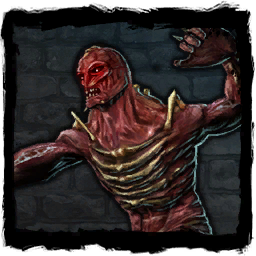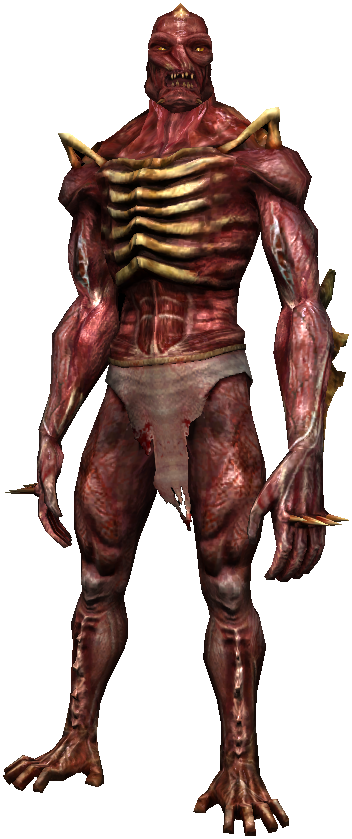 |
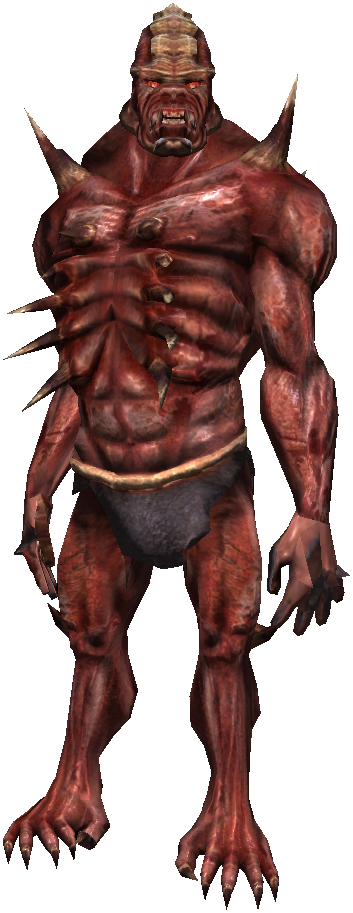 |
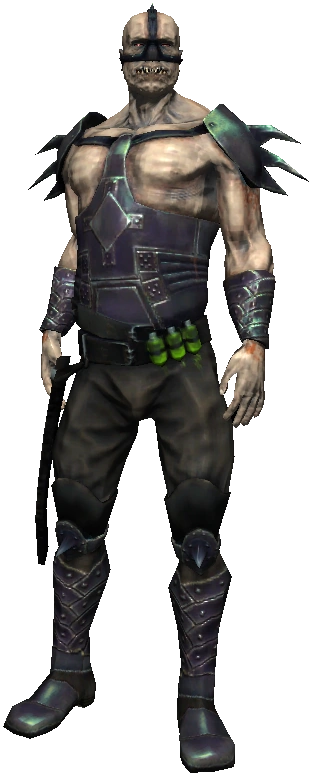 |
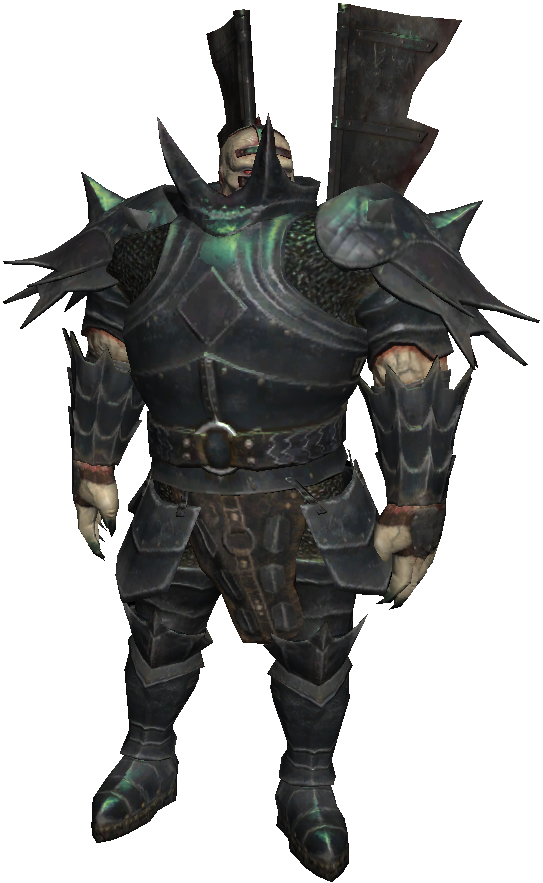
|
Scientific progress requires sacrifice. No one knows this better than the victims of mutants, beastly creatures bred using mutagens. Mutants are a step toward the creation of a superhuman; their makers can assume the experiment is progressing nicely given the beasts’ strength, resistance, and cruelty.
Among known mutants there are the witchers and (possibly) the girls born under the Black Sun, including Renfri.
see also:
- Greater Brother
- Greater Mutant
- Mutant Assassin
- Armored hound
In The Witcher computer game
Journal Entry
- "It seems that the proposed method of mutation leads nowhere. Fast, agile and aggressive creatures are born as a result of the transformation; however, they lack intelligence. They are close to animals than men. Of course, that does not mean we will not find any practical use for them. On the contrary, simplified mutating procedures guarantee that we can create many Mutants, which are perfect tools for spreading chaos and terror."
Details
|
Location
Source
Monsterbook
Developer CD Projekt's characterization of the mutant taken from the monsterbook, which was enclosed with the Collectors Edition of the computergame The Witcher for Poland, Hungary and Czechoslovakia:
A fast, agile, and cunning opponent – such is the mutant, a result of the first series of experiments conducted on humans by the Order of the Flaming Rose. It is not yet a perfect weapon, but the mutant provides excellent support to the Order's heavily armored forces.
For the Order, this creature is a sort of test, a prelude to the proper experiment that leads to the creation of the perfect warrior. This monster had to look like an abortive prototype. The exposed bones of the chest, missing skin, and strongly deformed face suggest that the experimenters did not have full control of the deformations. Bony crests on the beast's back, head and forearms indicate that the genes of a monster were used in the mutation. The detailed sketch depicts the mutant's head, its muscle layers in disarray after shrinking, tearing, and shifting during the mutation.
The creature's feet are an intriguing anotomical detail. They are, in fact, another pair of hands that render the mutant similar to a monkey. With four hands, the mutant easily climbs trees and jumps from limb to limb in a bid to escape or to await its foes in ambush.
| "On the third day all the children died – save one, a boy of just ten years. He thrashed about violently, madly and fell of a sudden into a deep stupor. His eyes were glassy; his hands incessantly gripped the bedding or waved about in the air as if in search of falling feathers. His breathing was loud and rattling; a cold, sticky, foul-smelling sweat appeared on his skin. A potion was administered intravenously and another attack ensued. This time blood flowed from his nose, his coughing turned to vomiting; the boy weakened entirely and became limp.
The symptoms persisted for another two days. Then the child's skin, drenched thus far in sweat, turned dry and feverish. His pulse, no longer full and firm, remained palpable though lazy rather than quick. He did not wake once, nor did he utter any cries. On the seventh day, the boy awoke as if from slumber. He opened his eyes – and his eyes were like those of an adder…"
|

